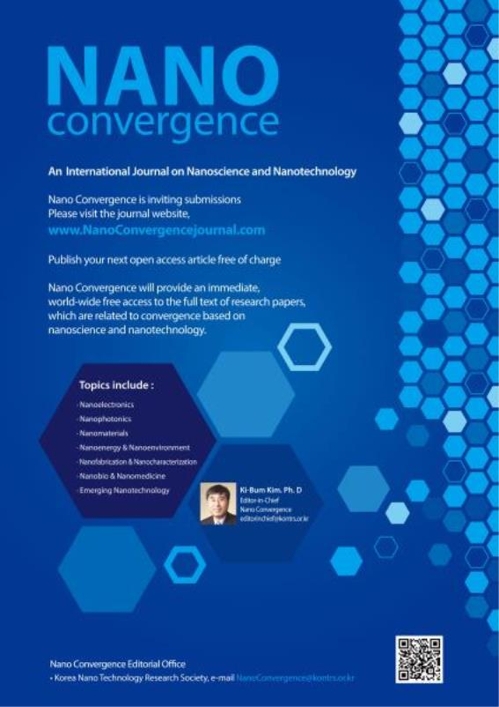Surface-enhanced Raman scattering (SERS) exploits localized surface plasmon resonances in metallic nanostructures to significantly amplify Raman signals and perform ultrasensitive analyses. A critical factor for SERS-based analysis systems is the formation of numerous electromagnetic hot spots within the nanostructures, which represent regions with highly concentrated fields emerging from excited localized surface plasmons. These intense hotspot fields can amplify the Raman signal by several orders of magnitude, facilitating analyte detection at extremely low concentrations and highly sensitive molecular identification at the single-nanoparticle level. In this study, mesoscopic star-shaped gold particles (gold mesostars) were synthesized using a three-step seed-mediated growth approach coupled with the addition of silver ions. Our study confirms the successful synthesis of gold mesostars with numerous sharp tips via the multi-directional growth effect induced by the underpotential deposition of silver adatoms (AgUPD) onto the gold surfaces. The AgUPD process affects the nanocrystal growth kinetics of the noble metal and its morphological evolution, thereby leading to intricate nanostructures with high-index facets and protruding tips or branches. Mesoscopic gold particles with a distinctive star-like morphology featuring multiple sharp projections from the central core were synthesized by exploiting this phenomenon. Sharp tips of the gold mesostars facilitate intense localized electromagnetic fields, which result in strong SERS enhancements at the single-particle level. Electromagnetic fields can be further enhanced by interparticle hot spots in addition to the intraparticle local field enhancements when arranged in multilayered arrays on substrates, rendering these arrays as highly efficient SERS-active substrates with improved sensitivity. Evaluation using Raman-tagged analytes revealed a higher SERS signal intensity compared to that of individual mesostars because of interparticle hot spots enhancements. These substrates enabled analyte detection at a concentration of 10− 9 M, demonstrating their remarkable sensitivity for trace analysis applications.


